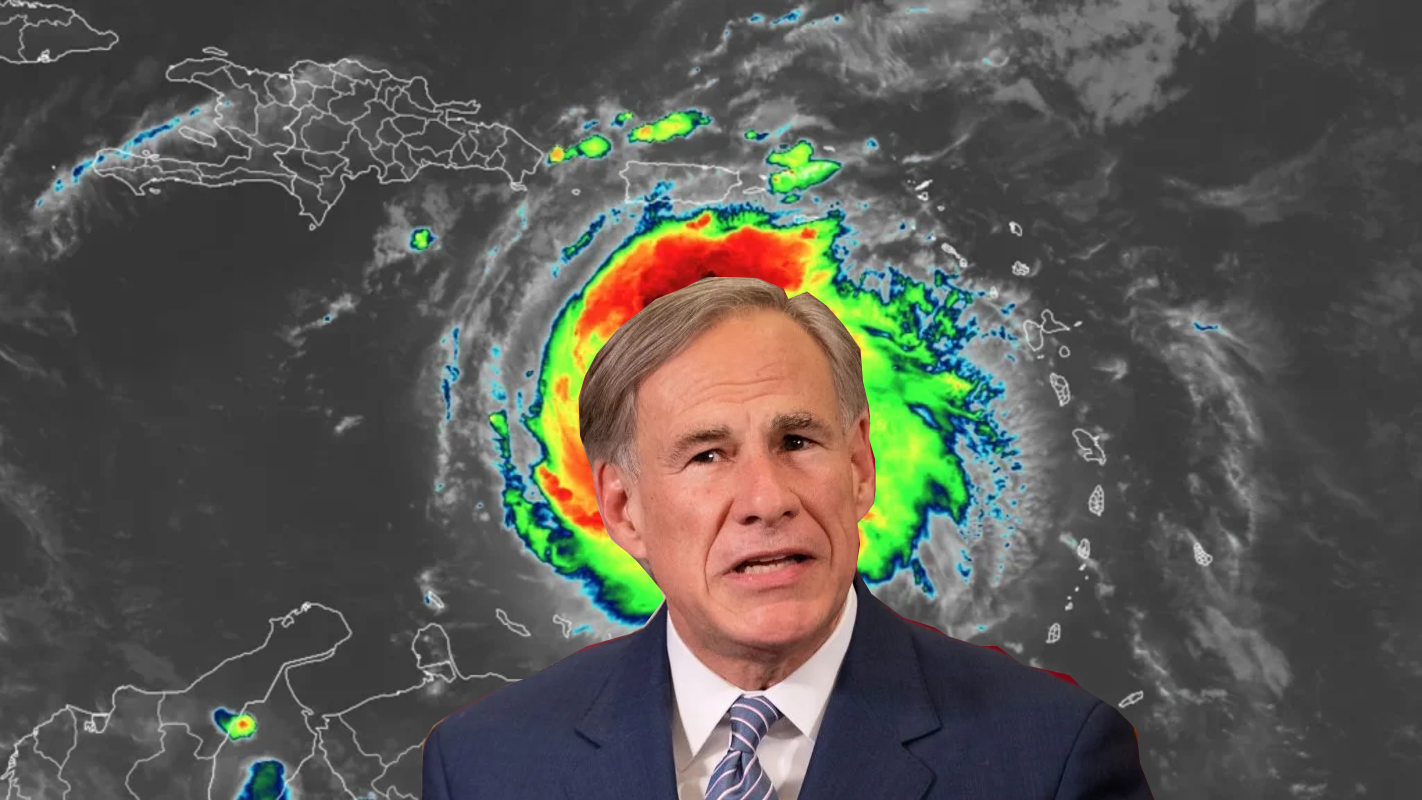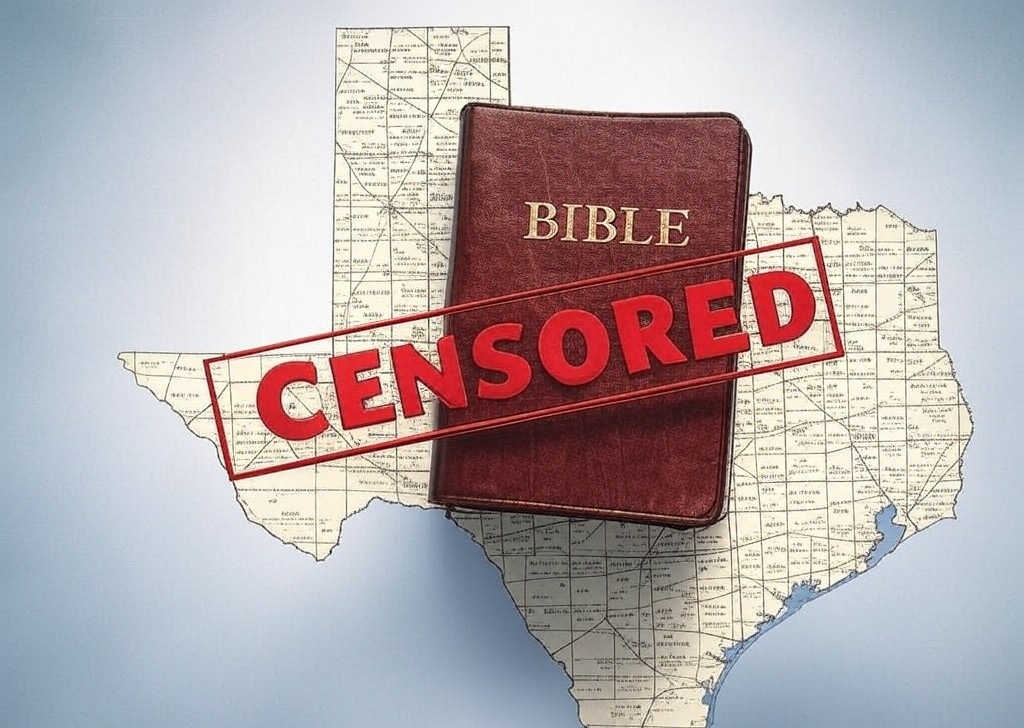The recent approval of federal disaster assistance for 17 Texas counties following Hurricane Beryl has reignited a contentious debate: should federal dollars continue to support disaster victims who choose to live in areas prone to frequent natural disasters? Critics argue that this practice amounts to a form of socialism, where the government perpetually bails out individuals and communities for personal choices that expose them to known risks. This perspective raises fundamental questions about the role of government in disaster relief and the responsibilities of individuals living in high-risk areas.
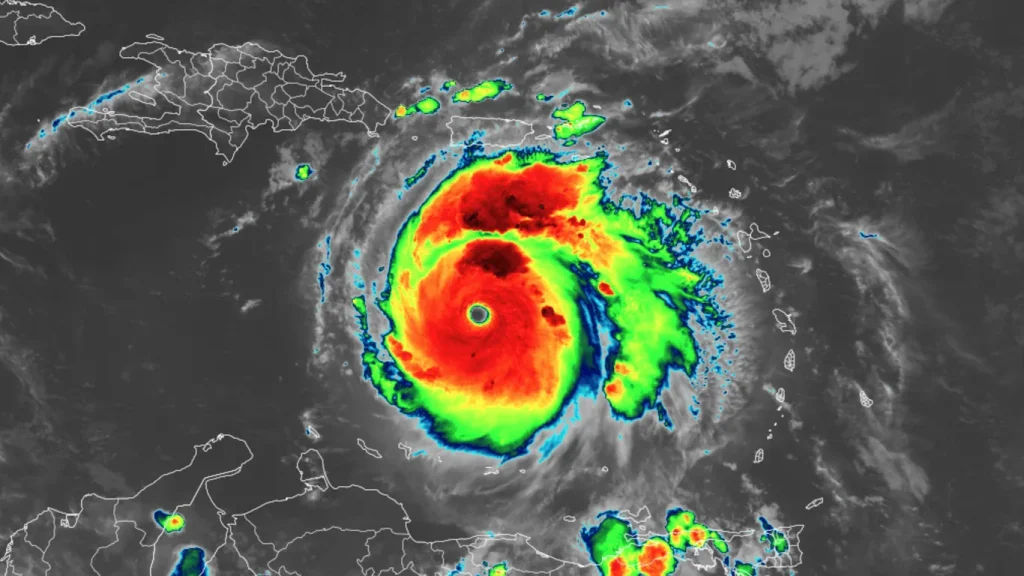
Governor Greg Abbott recently announced that the federal government updated the Major Disaster Declaration for Hurricane Beryl, now including 17 Texas counties eligible for the Federal Emergency Management Agency’s (FEMA) Individual Assistance program. The counties affected—ranging from coastal areas like Galveston and Brazoria to inland regions such as Nacogdoches and Walker—are no strangers to severe weather events.
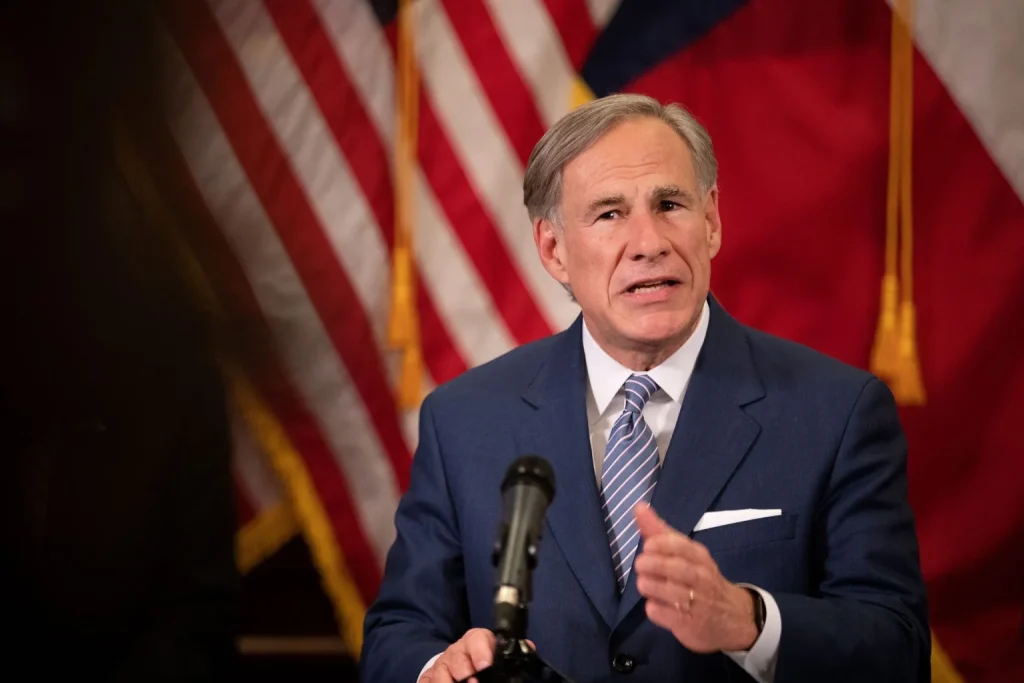
This latest declaration by Abbott highlights a recurring pattern: federal intervention following predictable natural disasters.
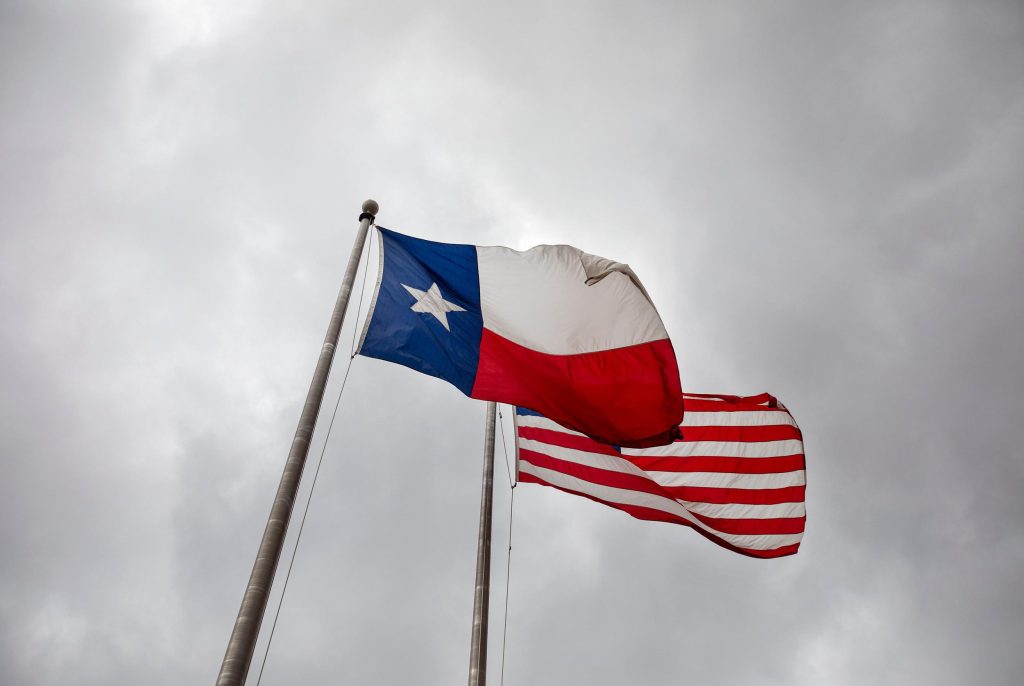
Governor Abbott emphasized the necessity of this aid, stating, “This approval to include 17 counties for FEMA assistance is a crucial step forward to help Texans and communities recover and rebuild after Hurricane Beryl.” This assistance includes funding for temporary housing, emergency home repairs, uninsured and underinsured personal property losses, and more. While undeniably beneficial for immediate recovery, this cycle of aid prompts a broader examination of its long-term implications.
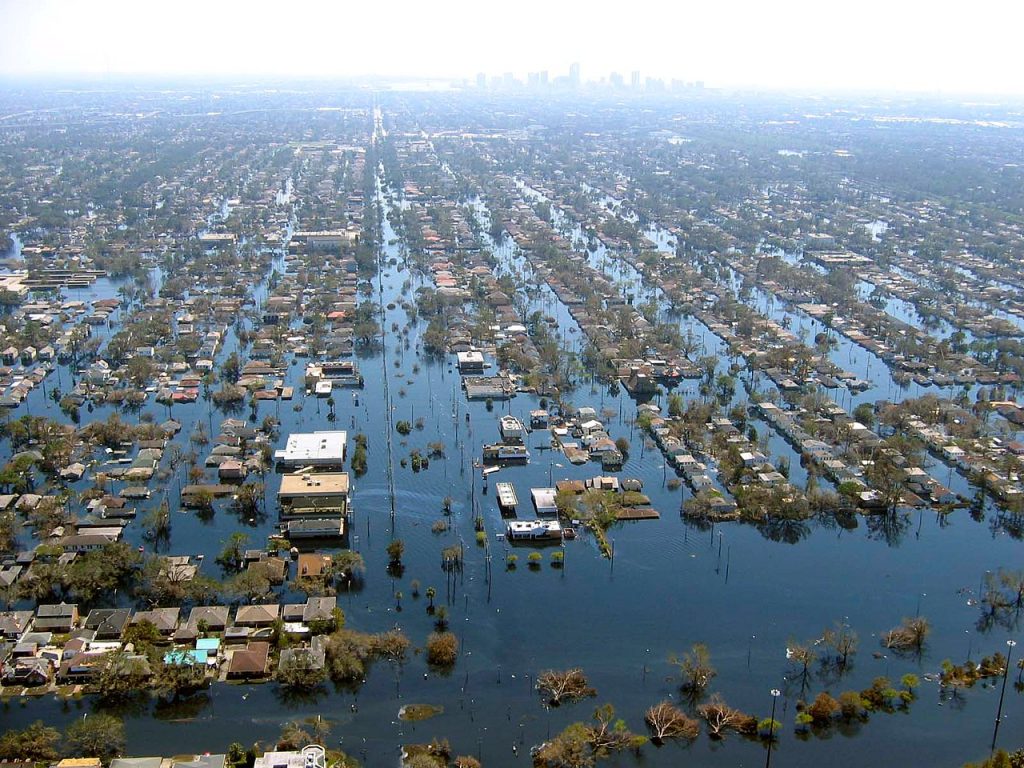
Living in high-risk zones is a personal choice. Areas frequently hit by hurricanes, floods, and tornadoes present a known risk to residents. For instance, the Gulf Coast is notorious for its hurricane season, the Midwest for its tornado alley, and river basins for their flood plains. Despite the recurrent nature of these disasters, many individuals and communities continue to inhabit these regions, often drawn by economic opportunities, cultural ties, or simply the natural beauty of these areas.
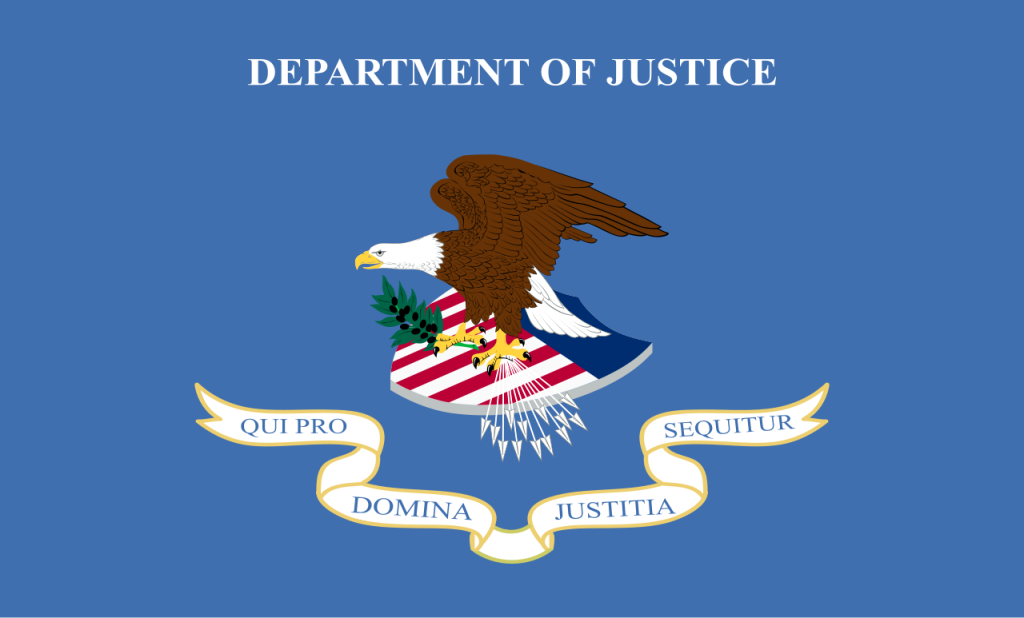
However, critics argue that continually providing federal assistance to these regions disincentivizes personal responsibility and preparedness. They contend that knowing the risks, individuals should either invest in robust personal insurance and disaster preparedness or relocate to safer areas. This viewpoint frames federal disaster aid as a form of socialism, where the government repeatedly intervenes to mitigate the consequences of personal choices, thereby redistributing taxpayer money to support these decisions.
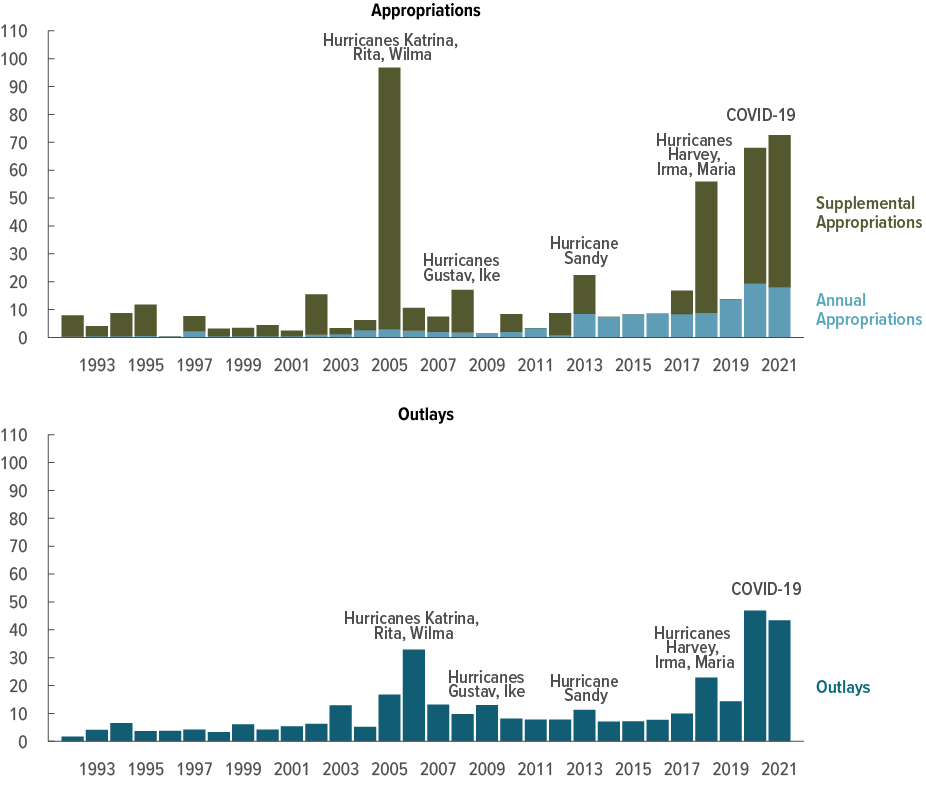
The economic burden of disaster relief is substantial. According to FEMA, billions of dollars are allocated annually to assist recovery efforts across the United States. This financial strain on federal resources raises questions about sustainability and fairness. Should taxpayers in relatively safe areas continually subsidize the recovery efforts for those who choose to live in high-risk zones?
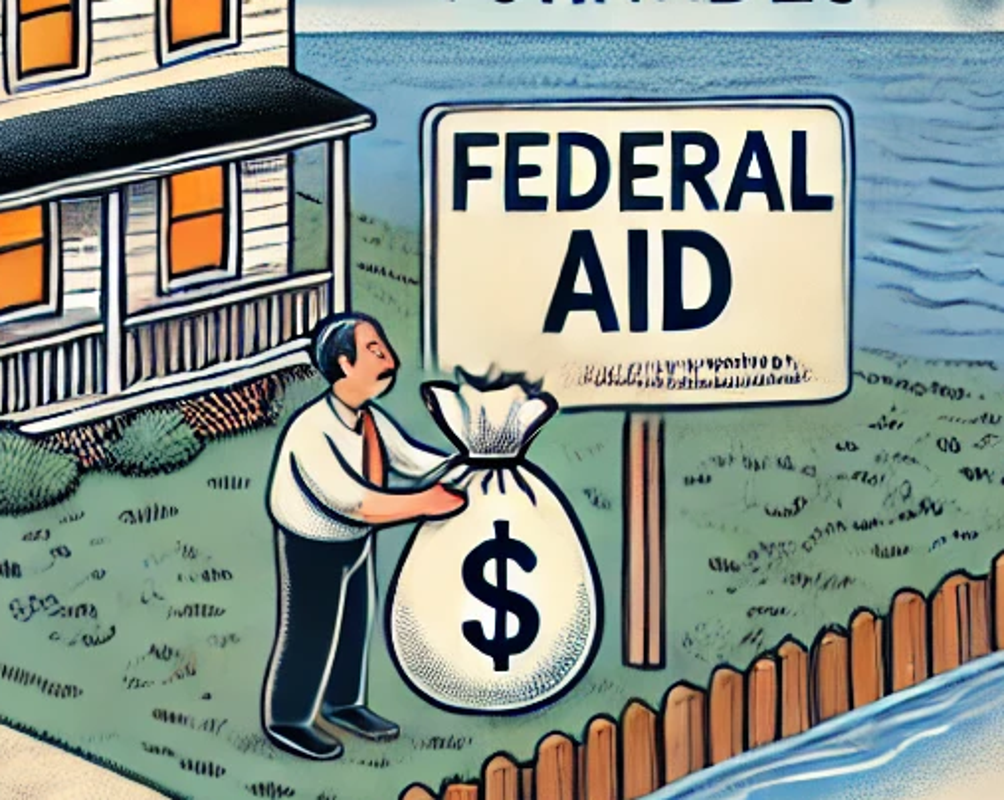
This ongoing support can create a moral hazard, where the expectation of federal assistance reduces the incentive for individuals and communities to take proactive measures. For example, investing in more resilient infrastructure, adopting stricter building codes, and enhancing local emergency response capabilities could significantly mitigate disaster impacts. However, the reliance on federal aid may hinder such proactive initiatives.

